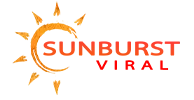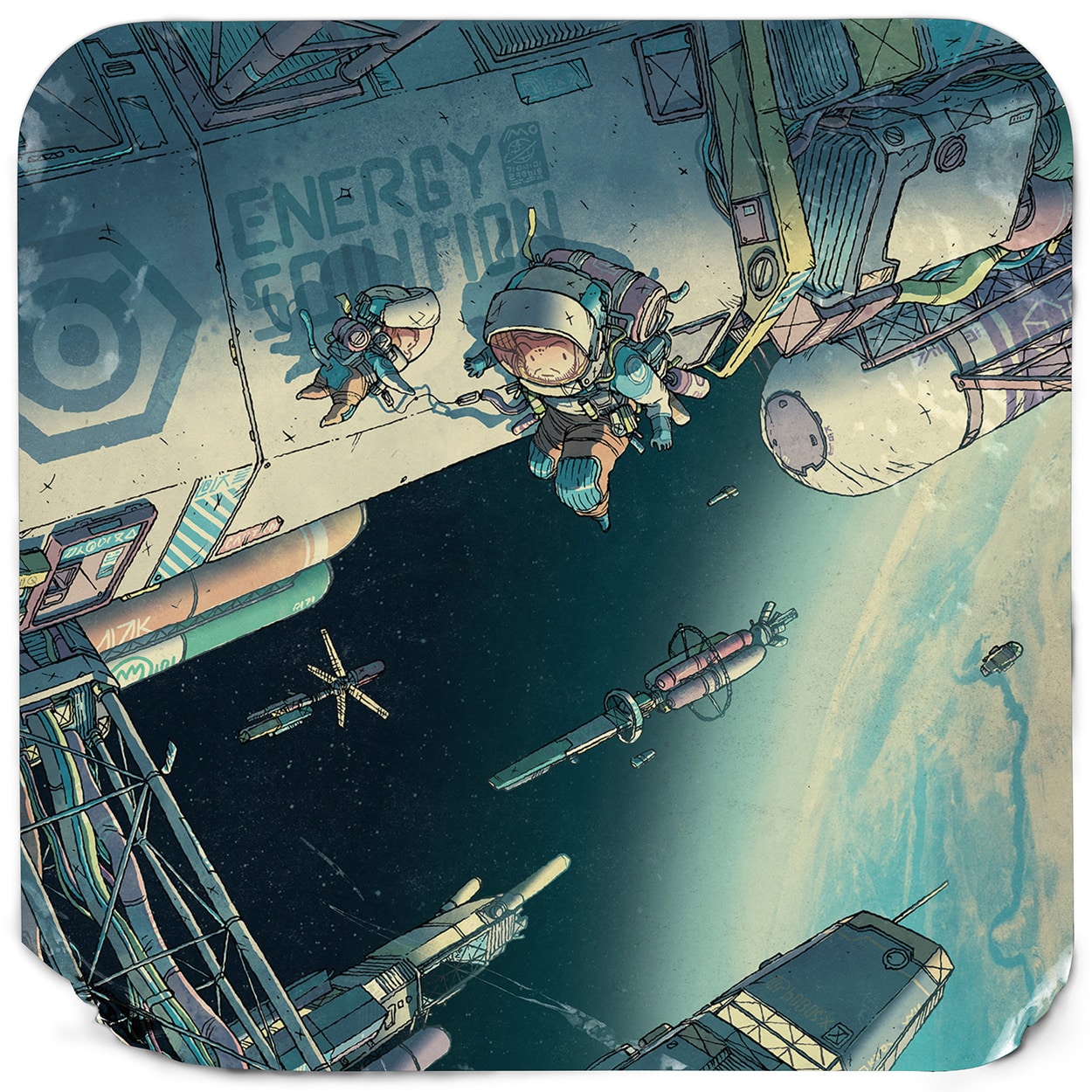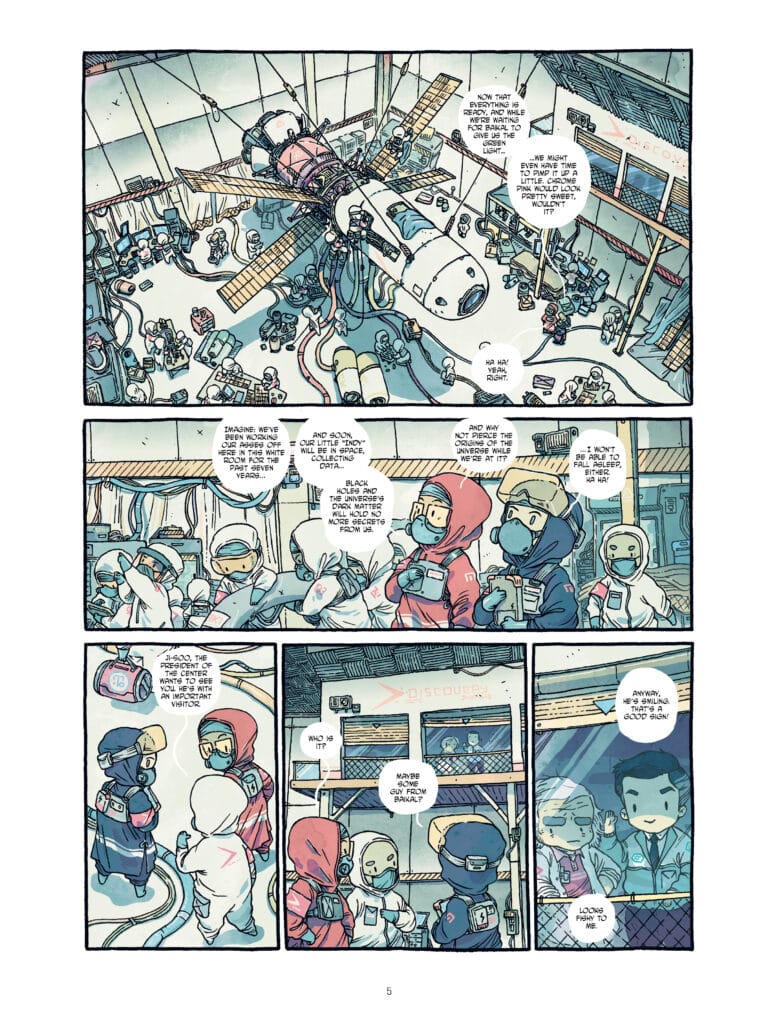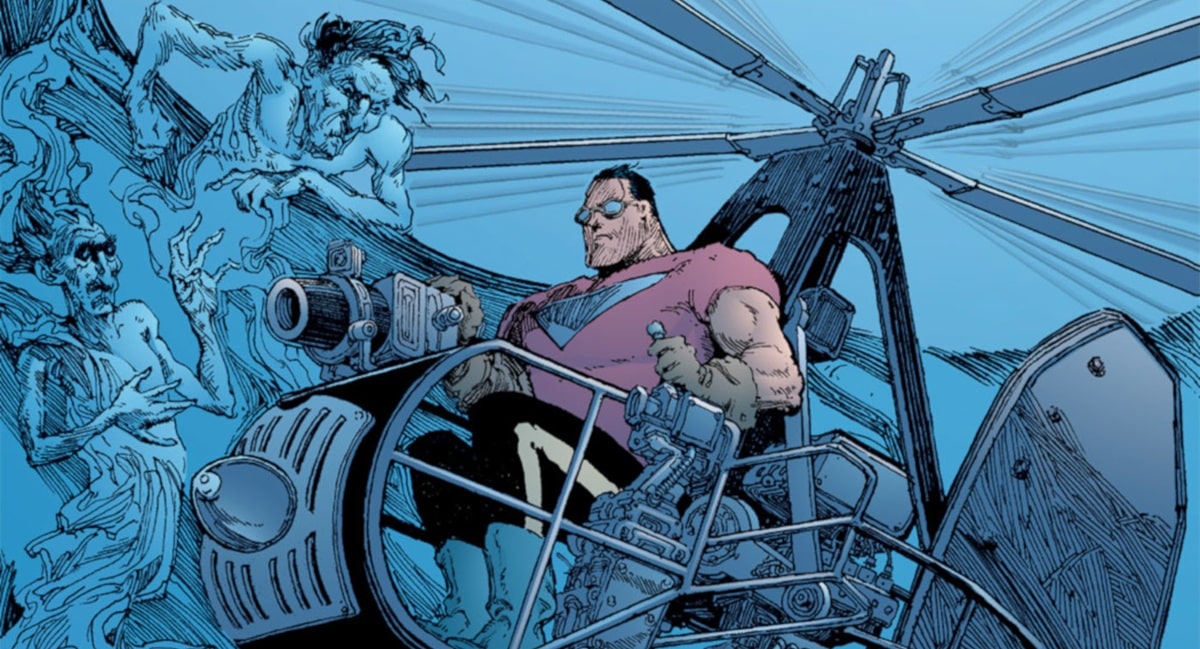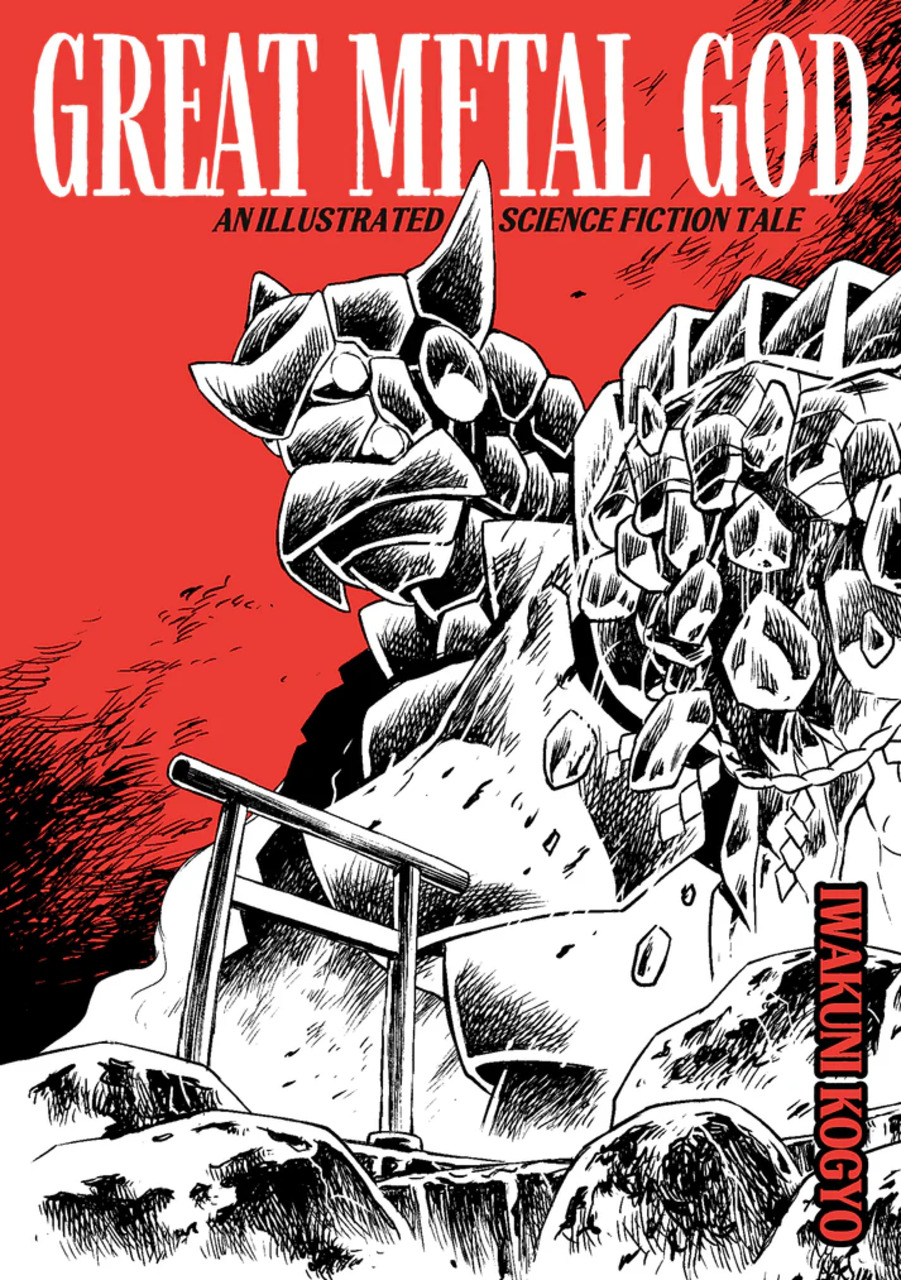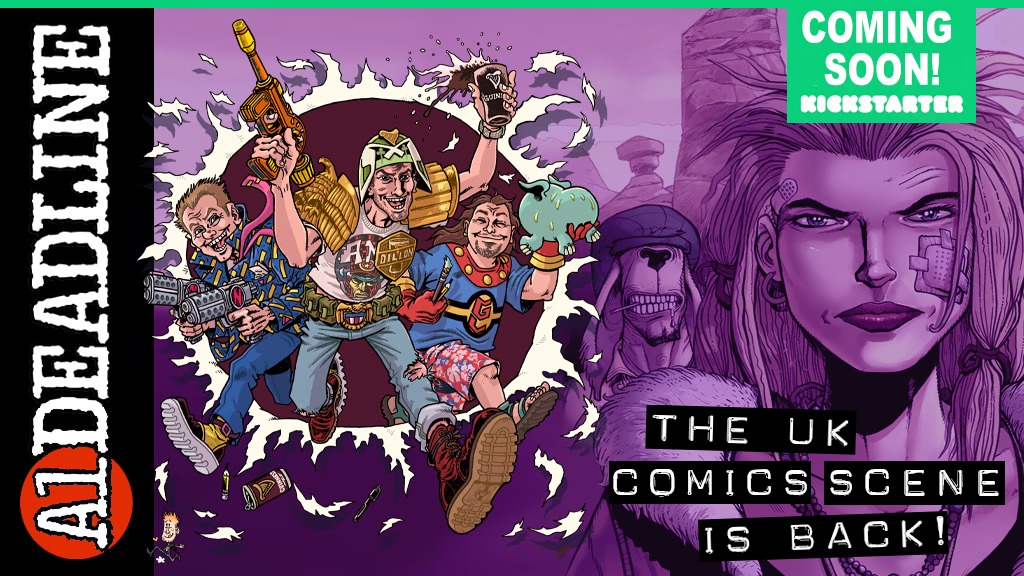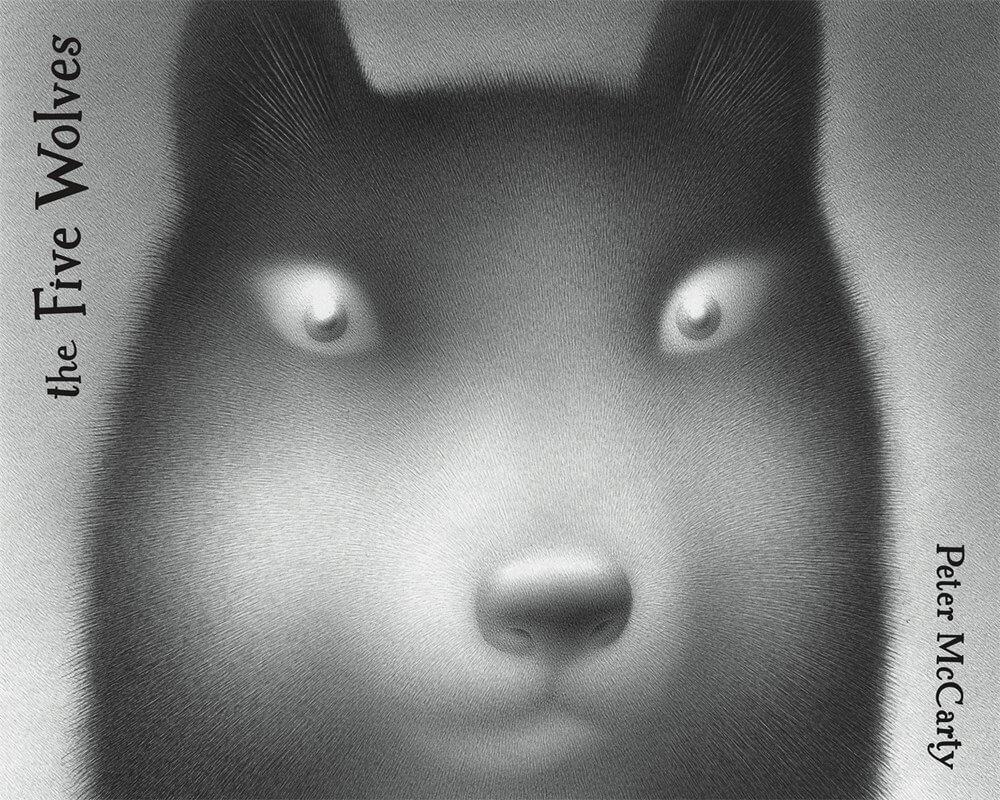

Cartoonist: Guillame Singelin
Translator: Dan Christensen
Localization/Editor: Mike Kennedy
Production/Letterer: Chris Northrop
Publisher: Magnetic Press / $24.99
August 2024
Its reach spans galaxies, but there are only four characters at the heart of Frontier. The scientist who sold off control to ensure her dream ship would be built. The spacer who has never set foot on a planet. The sparrow, an ex-mercenary who lost a limb on her last job. And the monkey. He’s a monkey. A series of atmospheric collisions bring them together, let’s call it chance, and the path reveals itself. Guillaume Singelin presents readers with a question and an answer. What if we make it to the future and things are still being run into the ground for a fast return on an ill-conceived investment? Welp. Like today, there are some people who hold it all together. Here are four of them.
Singelin paints the bleak, capitalist dystopia something breathtakingly beautiful. The colors are stunning. Space in Frontier is something you can look at and still feel a sense of wonder about, get lost in, even though there’s a hired merc squad dropping out of their ship onto the far end of a small skeleton-crewed orbital station in the panel’s foreground. Not only does Frontier somehow get you to peek past the plot, there’s plot in the background too. The ghostly shadows of future importance block out the stars, for keen eyes to spy. Just as the light rays from beneath the station paint celestial fire reflecting on the ship’s windows. (My Magnetic Press paperback is not only gorgeously printed, it is ginormous in printing). An overwhelming attention to detail has been paid to the colors, near and far.

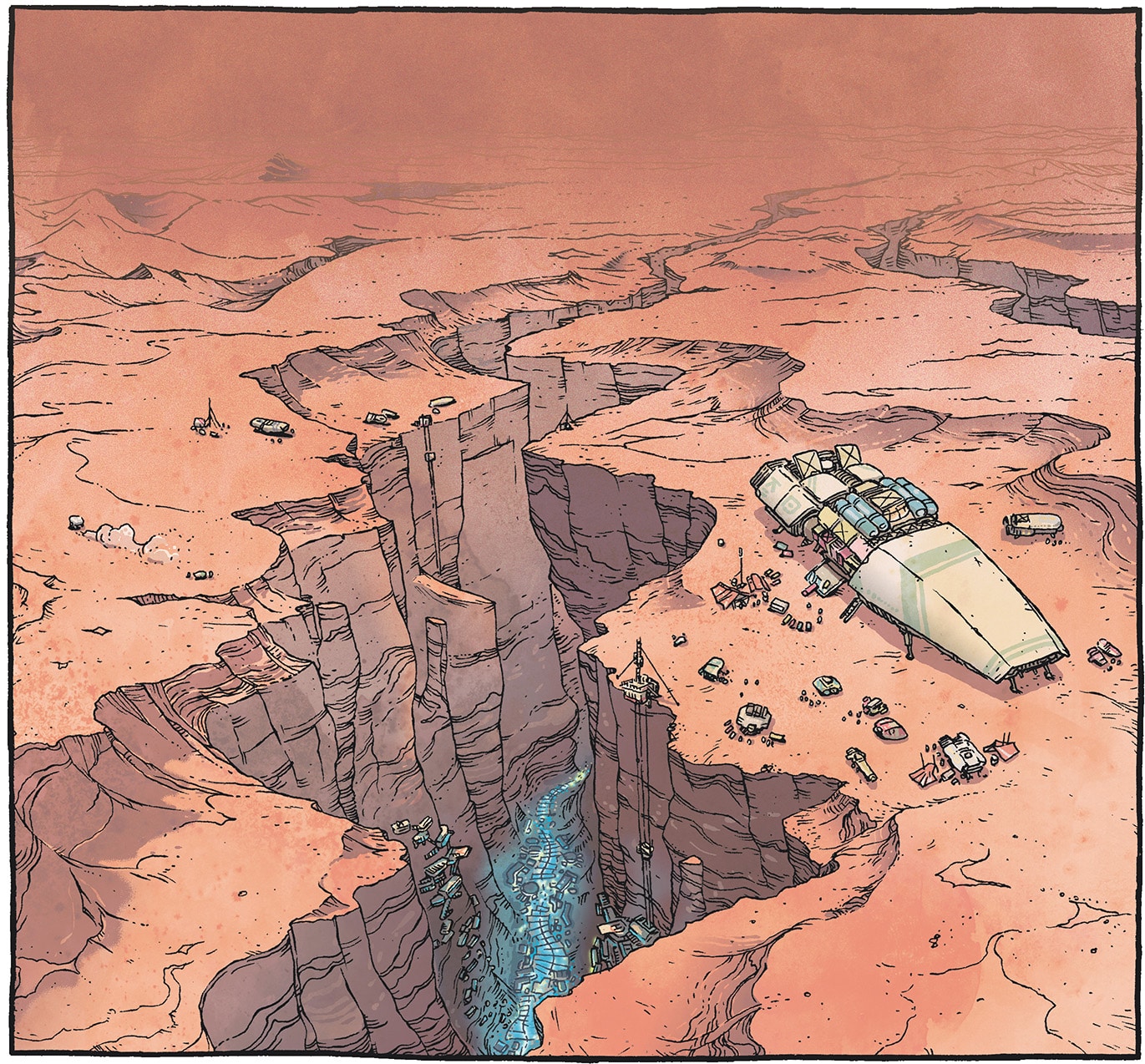
The monkey (named Goku of course) is exceptionally cute in all circumstances, not just in a little space pod. I guess I should have expected to be clobbered by cuteness given the therapy dog co-star of Singelin’s First Second graphic novel PTSD. And cute beyond monkeys isn’tt out of place in the slightest– the aesthetic for the world might be Madhouse but the people are thoroughly Toei. Bomberman sprites in Metal Gear Solid levels. Girls’ Last Tour. Think of the many times Masamune Shirow leaned into being weird when doing Ghost in the Shell– but everyone looks bumper SD for the whole of Frontier. And though there is clutter- Frontier is a book about debris- it comes off roomy as well as dense. One gets the same tone from the station and the vista as the people occupying them. There are these broad strokes, like big heads or brutalist constructions, simple forms that are cemented into the book with a dearth of selective realism (Akira Toriyama territory). Negative space with cyberpunk filigree along every edge.
Be prepared to put down the politics and forget the twee art angle at the drop of a dime, the action comes without warning and explosively fast. Frontier presents you with plenty of stingingly familiar reasons to get angry, but the sense of familiarity makes it (sadly) a little shocking to see people act out and strike back instead of just accept the intolerable. Frontier is Shirow in its ability to look silly and serious at the same time, but also in how fast and wild the action pops off. As in PTSD, Singelin examines veterans and trauma, how putting the past behind you is impossible with the perennial ubiquity of violence. Conflict shows up and the peaceful warrior cannot pretend to not see. No flying jumps here, mostly guns not swords, but the severity and mastery of the combat combined with the chivalry of outlaws being pitted against corrupt authority does put me in a wuxia kind of mood.
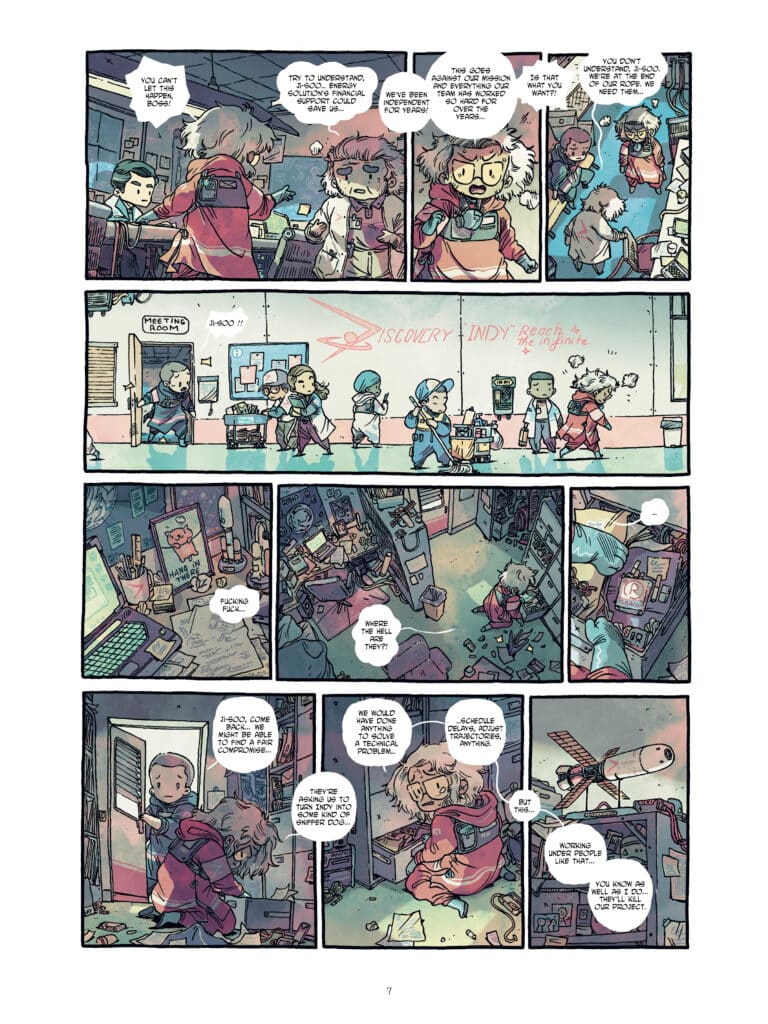
Frontier is available from Magnetic Press or wherever finer comics and books are sold.

